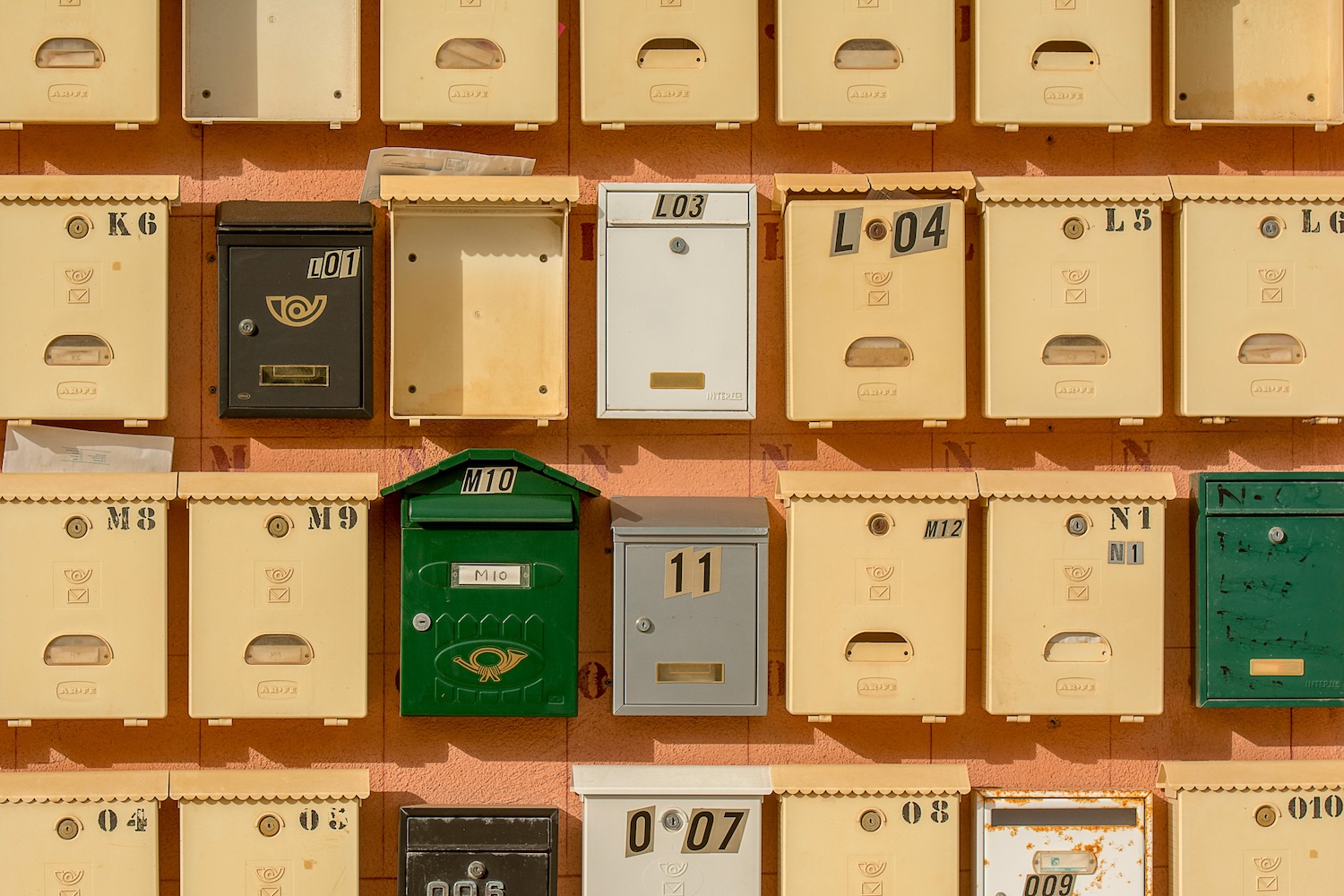Editorial: How do we define vintage?
What is the definition of vintage? Has the meaning changed over the years?
The first time I saw a pair of platform jelly sandals like ones I’d worn in the ’90s billed as vintage, I knew I had arrived. I was old enough to have lived through a trend, and it had come back. (Not only was it back, it was better. Gen Zs are killing the looks.)
The staunch vintage and antiques dealer would say those 1990s jellies don’t count as vintage since they’re not at least 40 years of age — and even then, that a date or era must be attached in order to truly call it vintage, like how you would a wine (i.e. a 1950s vintage sofa, or a 1987 vintage merlot).
How our language evolves
As an editor and writer, I’m a stickler when it comes to words, so I get this. But language evolves. For example, as we learn and grow as people, we intentionally drop certain words from our vocabularies, and adopt new ones that might be more inclusive, more thoughtful and more kind.
Or there might be a particular subculture or movement that generates and uses a word enough that it becomes popularized and accepted as part of the general lexicon. In the same way, as vintage is embraced by a new generation, the vernacular is changing.

“Cool” story
Think of the word “cool.” Before the 1930s, “cool” was used to describe something chilly in temperature. Then it became a word to describe something extremely good, especially as it pertains to counterculture. And then...well, you know the rest.
There are now 22 different definitions or sub-definitions of the word “cool” listed in the Merriam-Webster Dictionary. (And, while this was just the first example that came to mind, I’ll bet “cool” is probably the word you use most when you see a vintage item that resonates with you.)
Continued below
Fresh advice about old stuff
Download our free tip sheets
Continued from above
What is the age of “vintage”?
Vintage buying and selling has changed significantly over the past couple of decades with the rise of online shopping, and, along with it, the associated jargon continues to take on a life of its own. So, you will see the word “vintage” used pretty loosely these days.
Many people will say it means from 40 years ago and earlier, and others will say it means from 20 years ago and earlier. As long as it is an item of some age, it pretty much flies. You’ll also see “pre-loved,” “retro” and a number of other words used to describe a piece.
“It’s impossible to enforce a singular definition. All we can do is try to set up some general guidelines.”
If we want to play by the traditional rules, the noun form of “vintage” demands an era be attached – it literally is defined as a period of manufacture. (Therefore, to describe something of a 1990s vintage would, by definition, actually be correct, if not accepted by all sellers.) But “vintage” as an adjective means old, or from the past. And that’s how people tend to use the word these days.
Generally accepted guidelines
That being said, as a seller, it’s important not to mislead buyers into thinking an item is something it isn’t. And as a buyer, it’s important to understand what usually qualifies as vintage versus pre-owned, because that will often affect the price regarding age, quality or rarity.
With so many people out there selling, from verified dealers to hobbyist eBay and Facebook Marketplace sellers who will list something as vintage even if it’s not, sticking to a hard-and-fast rule about what vintage truly means is challenging. It’s impossible to enforce a singular definition. All we can do is try to set up some general guidelines.
That’s why we’ve put together a vintage industry glossary covering vintage vs. antiques vs. retro vs. pre-loved and everything in between. You can refer back to it if you’re out seeking and wondering what something means.
What does the word “vintage” mean to you? Let us know in the comments!
Thank you for valuing our work!
Support our work to see this page.
You’ve got a good eye, but this gem is only available for members. Register for a plan or upgrade your current one to peek behind this vintage curtain, or log in below.
















